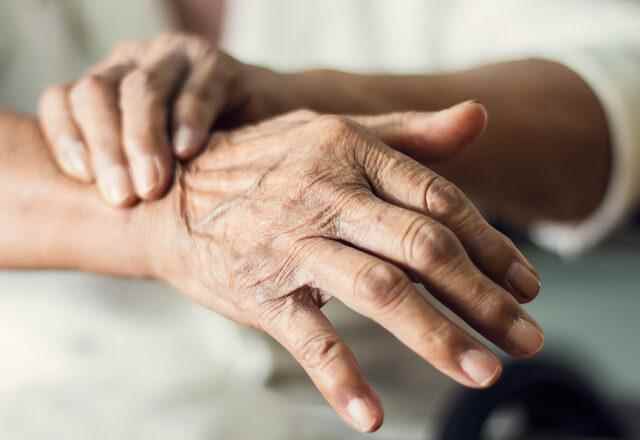Alzheimer’s is the memory loss caused by the death of brain cells over time. This disease starts with simple forgetfulness, but as time passes, it causes the patient to be unable to recognize even the closest people. The exact cause of Alzheimer’s is not known. In order to detect Alzheimer’s disease early, it is necessary to pay attention to the early stage symptoms. Factors such as bad parking and a change in humor can be symptoms of Alzheimer’s.
DIAGNOSIS IS DONE BY PRACTICES
The newly identified Alzheimer’s symptom is shaky handwriting. Pen and paper tests are often used by a general practitioner to diagnose Alzheimer’s and are asked to draw a shape, such as a star or clock face, from the person’s memory. The harder it is to do this, the greater the risk of developing dementia. Researchers from the University of Tsukuba, Japan, have discovered other signs that may appear in pencil and paper tests much earlier.
PEN GRIP AND WRITTING SPEED ARE ALSO IMPORTANT
They recruited 144 people with varying levels of cognitive ability, including some with dementia and some completely healthy. Each participant passed five different drawing tests that measured 22 aspects of drawing. These included pen pressure, pen stance, speed, and how often the person paused. Researchers were able to identify those with mild cognitive impairment (MCI) or Azlheimer’s based on their drawing style.
They paused for a long time

Patients had greater variability in pen pressure. Some lines were smooth and strong, while others were weak and wobbly. They were much slower than the other participants and paused. The accuracy of the five tests to detect people with Alzheimer’s is 75.2 percent.
IT IS NEEDED TO ANALYZE PROPERTIES IN THE SCAN TEST

Professor Tetsuaki Arai, senior author of the study, said: “While it is clear that drawing features related to movement and pause can be used to screen for cognitive impairments, most screening tests remain relatively inaccurate. We wondered what might happen if we analyzed these features while people were performing a number of different drawing tasks. The three-group classification accuracy was 75.2 percent, which was almost 10 percent better than any test.”
